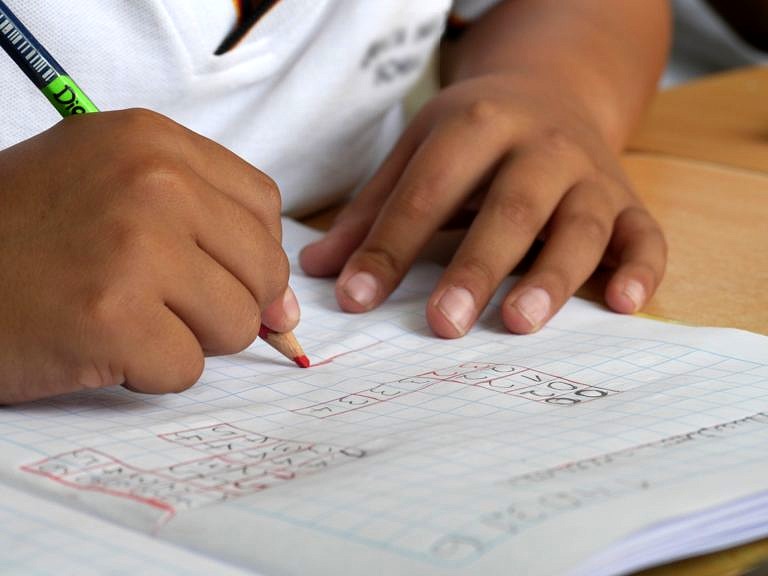What is a curriculum?
The curriculum is, in the simplest terms, a description of what, why, how and when students should learn. The curriculum is not, of course, an end in itself. Rather, it seeks both to achieve worthwhile and useful learning outcomes for students and to realize a range of societal demands and government policies. It is in and through the curriculum that key economic, political, social and cultural questions about the aims, purposes, content and processes of education are resolved. The policy statement and technical document that represent the curriculum reflect also a broader political and social agreement about what a society deems of most worth – that which is of sufficient importance to pass on to its children.
Curriculum in most schools is designed and interpreted in a three-stage process as:
- the national curriculum – The Curriculum given by national governments or commercial bodies like Cambridge International Assessment
- the school curriculum – designed by schools based on the national curriculum or their chosen commercial purchase.
- the classroom curriculum – interpreted by teachers aligned with the school curriculum.
Development of the Curriculum
A good quality curriculum is most likely to be achieved because of good quality
curriculum development processes. Good processes are:
· Planned and systematic
· Inclusive and consultative
· Led by curriculum professionals
· Cyclical in nature
· Sustainable
Curriculum design and review can be visualised as a continuous, cyclic inquiry process that is responsive to the needs of students, their communities, and wider society.
In this process the school asks four key questions:
- What are our priorities for student learning (based on evidence)?
- What knowledge and skills do we need, and what actions shall we take to improve student outcomes?
- What has been the impact of our changes (based on evidence)?
- Where to next? What are our priorities for student learning now?
Through the process of curriculum design and review, schools can examine aspects of practice that are especially helpful in raising the achievement and engagement of priority learners. In doing so, they can work towards the vision for all of our young people to become confident, connected, actively involved lifelong learners.
Curriculum design and review looks different in every school. There is no set sequence to follow and schools will use a variety of approaches depending on their circumstances.
The International Bureau of Education is part of UNESCO. Their aim is to deepen the understanding of curriculum and to reconceptualise it as a tool to enhance and democratize learning opportunities within a lifelong learning perspective. They produced an interesting document in 2016 called "What Makes a Quality Curriculum?" This was part of a series of current and critical issues in curriculum and learning. Read more


